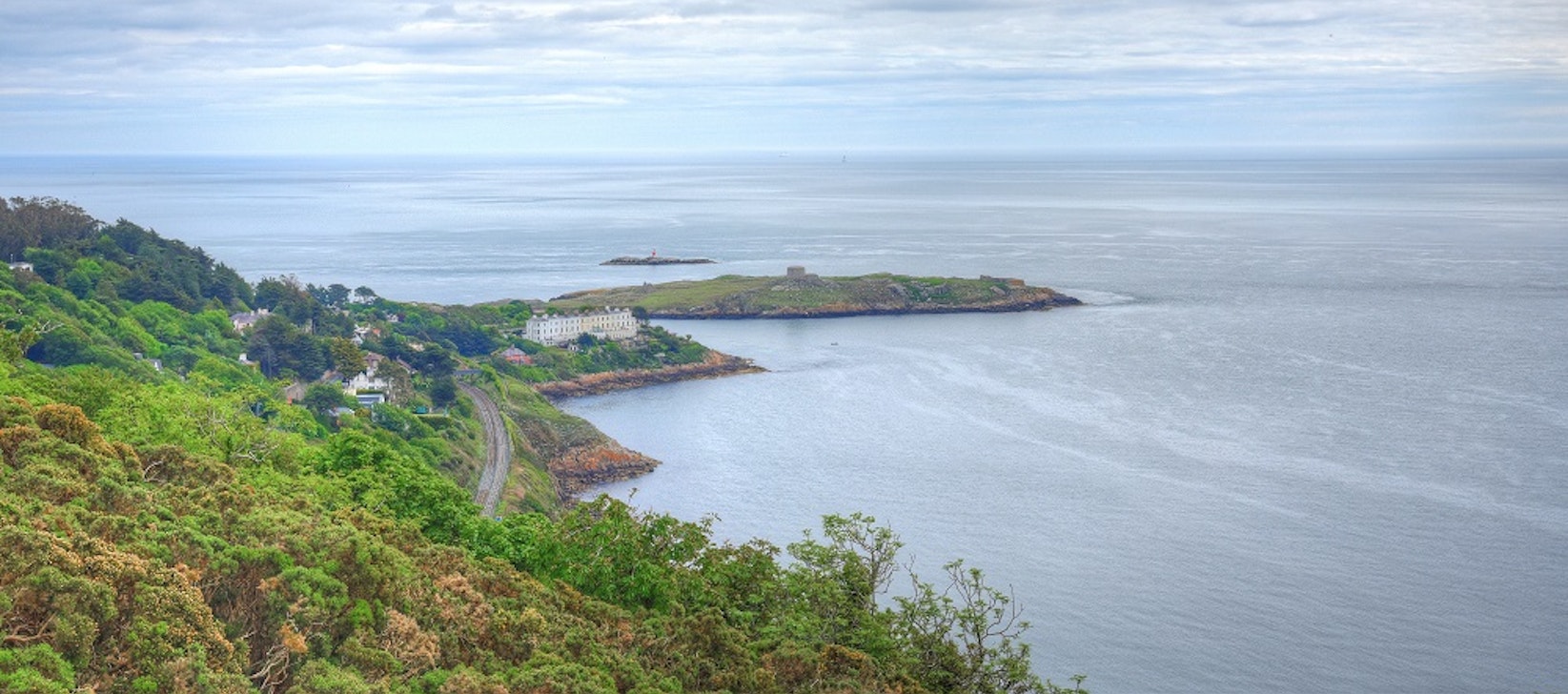Tourism plays a key role in supporting the local economy, with employment in the sector expected to rise to 250,000 by 2025 compared with circa 225,000 in 2016.
2016 was a record year with 8.7 million overseas tourists spending an estimated €4.6 billion in Ireland. However the first five months of 2017 shows a more mixed picture, with a 7% drop in British visitors compared to the same period in 2016, most likely driven by weaker Sterling and economic uncertainty. On the other hand, there was strong performance from North America with CSO figures indicating 24% growth and a 4% increase in volume from mainland Europe.
The four Dublin Local Authorities play a significant role in supporting tourism development, and since 2012 have worked with Fáilte Ireland to raise the profile and promote Dublin as a key tourism destination through the ‘Dublin – A Breath of Fresh Air’ campaign. This showcases a vibrant capital city which thrives side by side with the natural outdoors, with the aim for Dublin to be in the top 10 European destinations for city breaks.
“Tourism is particularly important for the Dublin region, which welcomed over 5.5 million overseas tourists, generating revenue of €1.97m in 2016.”
– Failte Ireland Tourism Facts 2016 (preliminary) published June 2017
Across Dublin, amenities, arts, cultural events and festivals are in abundance. The Dublin Authorities are central to creating the right environment for tourism to thrive, whether through planning, managing or investing in attractions and events or providing high quality public realm. This helps ensure a range of uniquely enjoyable visitor experiences exist, meaning that a visit to Dublin can be so much more than just a city break; whether taking in the Biosphere Bay tours from Howth to Dun Laoghaire or the breath-taking panoramic views across the Dublin Mountains, all side by side with the bustling city centre.
Dublin City, Ireland’s Capital city, is home to some of the country’s most iconic cultural, sporting and leisure facilities, and offers a huge variety of museums, theatres and galleries complemented by a dynamic night life, famous throughout the world. Attractions are supplemented by the cityscape, where the elegance of Georgian Dublin sits comfortably with the vibrancy of the Docklands. Dublin’s Tourism Statement of Strategy highlights the scale of tourism investment in recent years: Home to two world class sports stadia in Croke Park, the headquarters of the GAA, and the Aviva Stadium, home of the FAI and IRFU, and the centre piece of Ireland’s 2023 Rugby World Cup bid. In Dublin Zoo, the Guinness Storehouse and the Book of Kells, Dublin City has 3 of the top 5 national attractions with 3.3 million combined visitors annually. The award-winning Dublin.ie platform enables visitors to find out exactly what’s happening in this great city.
Dún Laoghaire-Rathdown (DLR) embodies the ‘Breath of Fresh Air’ proposition, with breath-taking coastline and the wonderful Dublin Mountains, combining land- and water-based activities with a rich cultural heritage, art, music, literature, festivals and events. DLR’s range of visitor attractions offers the visitor unique and distinctive experiences. DLR’s Tourism Strategy 2017 – 22 identifies three thematic experiences based on the area’s key attractions; ‘Urban Splash!’, ‘Between the Lines’ and ‘Well worth the Climb’. These build on the maritime opportunities, cultural heritage and the opportunities that the landscape has to offer, to reach new heights and deliver panoramic views.
DLR has an eclectic array of activities underway currently including free guided Summer of Heritage tours, music festivals at Marlay Park and Dún Laoghaire Harbour (Beatyard), literary and historic trails such as Dalkey Heritage Centre and and The Maeve Binchy Literary Trail, the iconic Lexicon Library and Cultural Centre, Food Markets in Dun Laoghaire and Marlay Park, events at Airfield Estate, Dundrum, Bio-Sphere bay tours and Dublin Mountains adventures.
Fingal – Fingal Tourism Strategy, launched in mid-2015, focused on aligning the County with the ‘Dublin – A Breath of Fresh Air’ brand, working in collaboration with sectoral stakeholders. The Tourism Strategy has recently been reviewed and updated, and has prioritised actions in two distinct sets aimed at maximising growth.
These include the enablers: connectivity, accommodation and skills, and the motivators; attractions, culture and heritage, business tourism, marketing, events and food. Fingal County Council commissioned the Fingal Heritage Properties Review in 2016 and is about to embark on an initiative to better conserve, manage and promote its impressive array of signature heritage properties. The Council also organises and supports 64 annual events of various scale, such as the Dublin Bay Prawn Festival and the Flavours of Fingal County Show. These impact the local economy to the tune of €30.1 million.
South Dublin since the launch of the Tourism Strategy in 2015, have progressed a range of projects to deliver sensitive development and marketing of tourism initiatives. A Tourism Marketing Plan launched in 2017, aligns well to ‘Dublin – A Breath of Fresh Air’.
The key project – a gateway to the Dublin Mountains providing access improvements, a treetop walk, trail upgrades, interpretative and education facility with café at The Hellfire Club and Massy’s Woods – has been submitted for approval. In addition, The Round Tower, Clondalkin – Brú Chrónáin – opened in June, and features an interpretative centre, café, and craft shop and is home to the ‘Happy Pear’. The expansion of Tallaght Stadium provides a basecamp for sports and outdoor activity such as the inaugural Gael Force Dublin Event, which was held in February and will run again in 2018.





